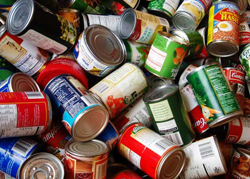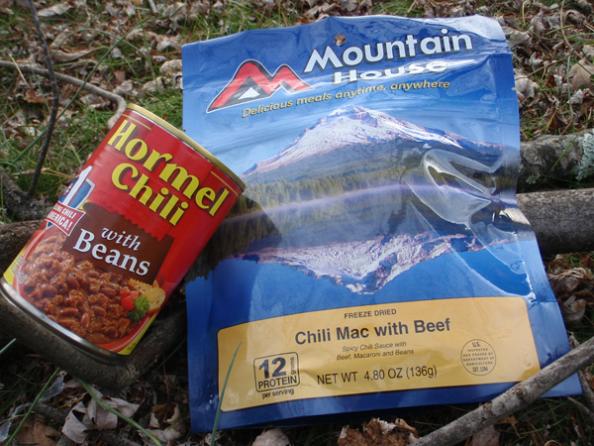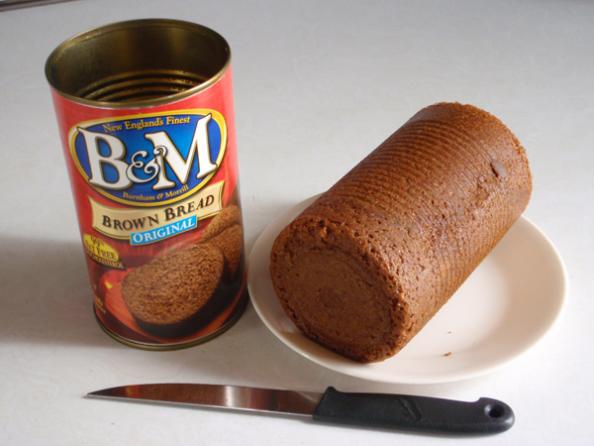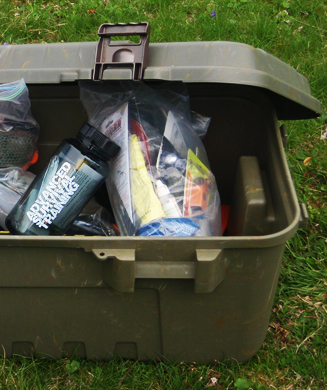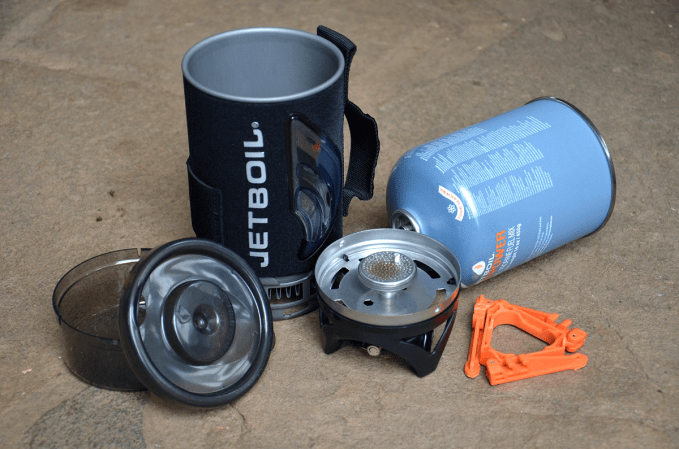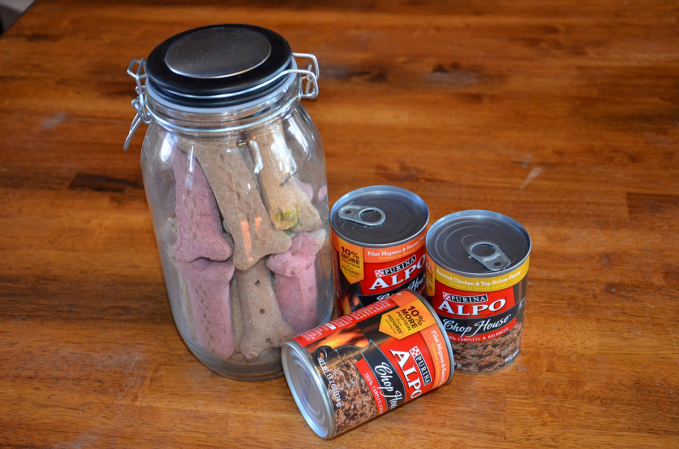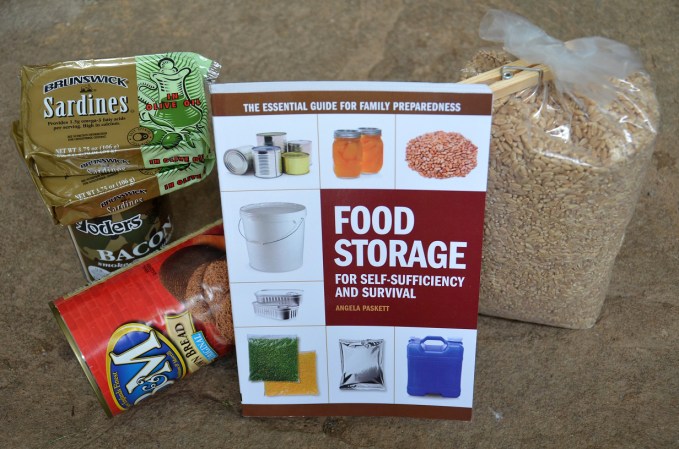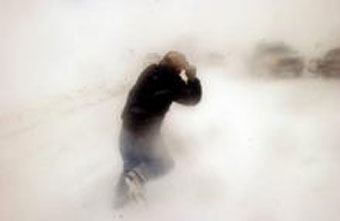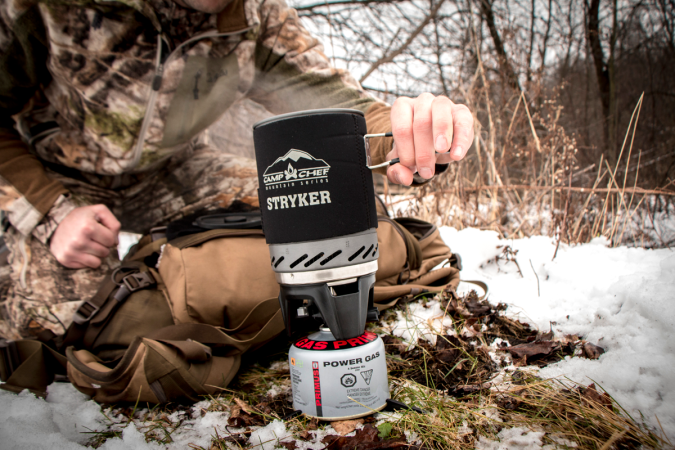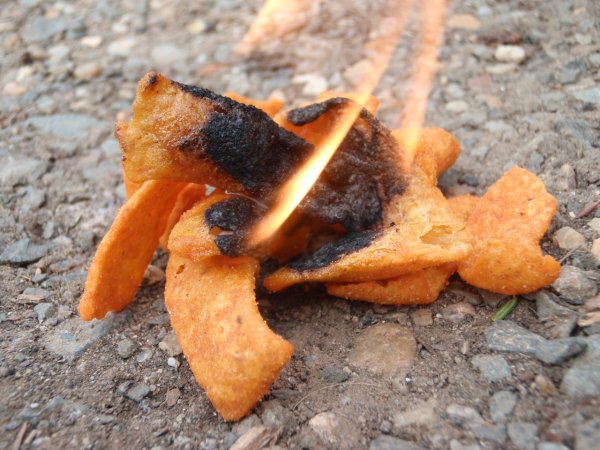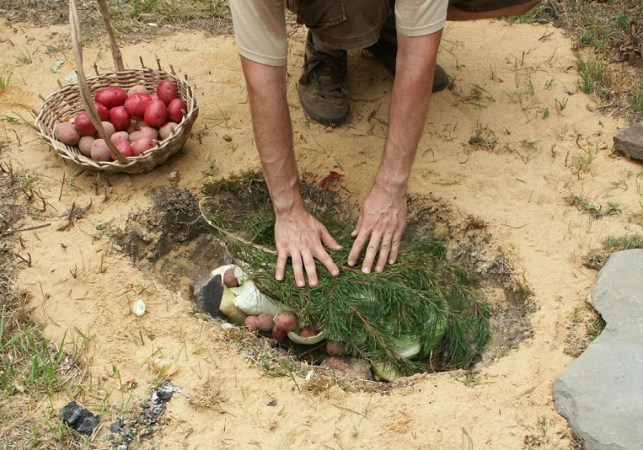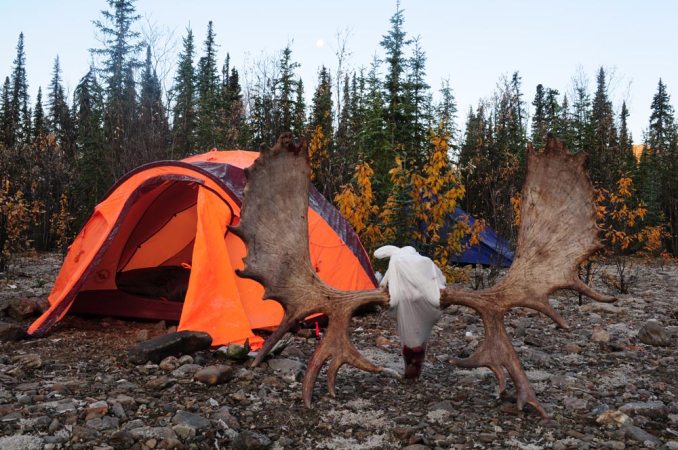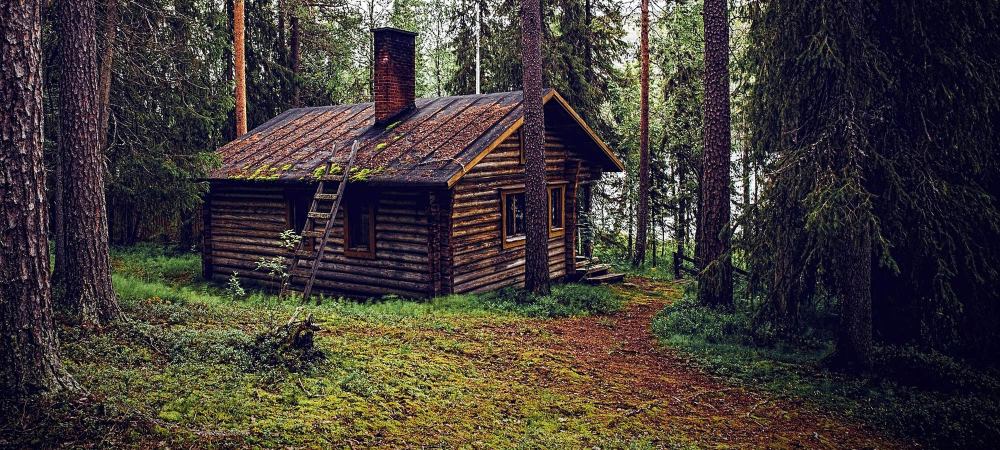We may earn revenue from the products available on this page and participate in affiliate programs. Learn More ›
On the night of Friday, June 29th, a destructive complex of thunderstorms known as a “derecho” swept from Illinois through the Washington D.C. area. The unexpected storm delivered wind gusts up to 80 mph and hail almost 3 inches in diameter, and produced extensive damage, leaving more than 1 million Virginia residents without power, many for a week or more.
With grocery stores and restaurants closed, your ice cream melting, and your electric stove down, how do you feed the family after a disaster like that? This unusual summer storm ended up being a wake-up call for many folks I know. The best advice I can give them is to have supplies and plans in place for natural disasters just like this storm. In the first part of this two-part post, we’ll look at ways to cook “off grid” and ways to store your food without electricity. (Part two, coming Wednesday, will address sanitation and communication when the power is down.)
So, What’s For Dinner?
What you are serving for dinner after a utility outage depends on a great many factors, including the weather, the food on hand, the way it was stored, how quickly the food will go bad, and your most practical cooking methods available. The menu right after a disaster situation is very likely to be a disaster in itself. But it doesn’t have to be. If you have a huge freezer full of random stuff, I hope you invite the neighbors over to help you eat it all. The freezer and fridge stuff should be dealt with first. Maybe you can figure out a way to cook your frozen pizzas, while you stuff yourself with ice cream.
A freezer is a modern luxury and should be viewed as such. The 500 pounds of frozen steaks you bought on sale at Costco won’t save you a dime if you have to throw it all out during a summer storm power outage. Your ideal freezer should have a tub of ice cream, an ice pack for injuries, a few popsicles, and the rest of the space should be packed solid with blocks of ice. These ice blocks will maintain some cooling properties in your fridge over a day or two, much like old fashioned ice boxes worked prior to the “electric ice box.” And keep the fridge closed as much as possible.
How To Cook It
On your next trip to the store, consider buying and keeping foods that do not require freezing or refrigeration, and also focus on easy-to-prepare foods that you know your family will eat. PB&J sandwiches are great for a meal or two, but some good tasting canned soups and stews just require a quick heating to give you some semblance of a normal lifestyle, post mayhem. Make sure you purchase items high in calories and with a long shelf life. Also, have plenty of dry foods like rice, dried beans, pasta, and other easy-cook staples that can last for a long time and only require boiling water to prepare.
Since we’re on the topic of cooking, here are some great ways to cook as your site, weather and situation permit:
- A gas grill will let you grill food and boil water, and possibly bake those frozen pizzas that I warned you against buying.
- A solar oven will slow-cook food on hot, sunny days.
- The campfire has been good enough for a few millennia.
- Camp stoves or alcohol stoves are both handy and portable.
- Oil lanterns with cooker tops can give you both light and a way to warm up canned food, soup and drinks.
- Wrap food in foil and cook it on your vehicle’s hot engine block
How To Store It
First, as I already mentioned, you should focus your pre-disaster shopping on food that doesn’t require refrigeration or freezing. Stick with canned, jarred and dry foods, and store them in a way to keep them from going bad. The main factors of food loss and spoilage are heat, moisture, time, light, insects, rodents, and the freezing and subsequent exploding of canned and jarred foods. Eliminate these factors, and you’ve got your recipe for food storage success.
But what if you have food that you need to store during the outage? If you have lots of time on your hands, and a few food storage staples, you can use that time wisely and process food for storage. Even while the utilities are still out, you may be able to:
- Can your foods, if you have the right equipment and a safe way to run the canner. Running your pressure canner over the campfire is a bad idea. But a water bath to make pickles or jam is not much different over the stove or the fire pit.
- Dry your foods by making jerky in the sun, drying herbs and vegetables from your garden on your window screens, or drying things in a proper non-electric drying unit.
- Brine it! A salty or vinegary brine will let you store your veggies for a few extra days or weeks.
- Store your stuff in a root cellar. If there hasn’t been any flooding, tuck your food into a cool cave or root cellar during a hot summer power outage, or put it in a cold room during a wintertime emergency.
Tell us your food storage strategies, how you have cooked “off grid,” and what you cooked in the comments below.
